Die, Die My Darling aka Fanatic, 1965, directed by Silvio Narrizano,Hammer Films. (Hammer produced a plethora of famous horror movies; check out the link.)
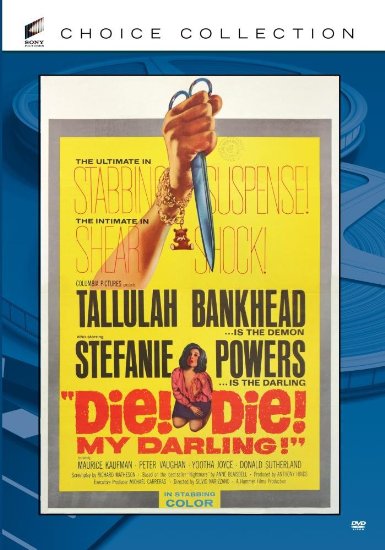
Patricia Carroll (Stefanie Powers) is an American woman who travels to London to marry her boyfriend, Alan Glentower (Maurice Kaufmann). While there, Patricia stops by to visit Mrs. Trefoile (Tallulah Bankhead), the mother of her deceased ex-fiancé, who had been killed in a car accident, intending to pay her respects. Upon arriving, however, Patricia discovers that Mrs. Trefoile's grief for her son has transformed her already fanatical religious zealotry into sociopathic violence. When Mrs. Trefoile begins holding Patricia prisoner, starving and abusing her in order to convert her into “pure virgin” for her son in the afterlife, she must find a way to escape. Her attempts to break free prove futile until a surprise intervention at the end.
Oh, Tallulah! You turned down the Joan Crawford role in What Ever Happened to Baby Jane, and now in your dotage you wanted to take advantage of the 1960s “psychobiddy” or “grande dame guignol” trend that the Crawford/Davis vehicle started. It was actually kind of odd, as she was actually more of a stage actress (Die, Die My Darling actually makes reference to this fact when Patricia asks Mrs. Trefoile is she was an actress after seeing a scrapbook of actually Tallulah stage photos) than a movie star. In fact, her last big movie role was in Hitchock's Lifeboat in 1944.
She needed the money at that point in her life, and it was interesting that her flamboyant personality in real life actually worked well in this role about a woman who actually gives up flamboyance to become a dour religious fanatic who subjects her household staff to lengthy (think, let's read an entire book of the Bible before we eat) Bible readings and a vegetarian diet of “God's plain food.” No condiments of any kind! And how dare Stefanie Powers wear lipstick or a red blouse, the “devil's color.” Well, Tallulah herself in her indomitable way said that she looked in this movie like she was old enough to be “God's wet nurse.”
Now, what I found interesting about this movie was not just the fabulously demented performance by Miss Bankhead, who actually seems to be channeling Bette Davis (whom she always accused of imitating her in All About Eve, because everything in the universe somehow converged on Tallulah), especially in scenes where she speaks in a creepy infantilized voice to a teddy bear that belonged to her dead son. She even whines, like Jane Hudson, who also commits a murder, “What am I going to do?” after she kills the husband of her housekeeper Anna.
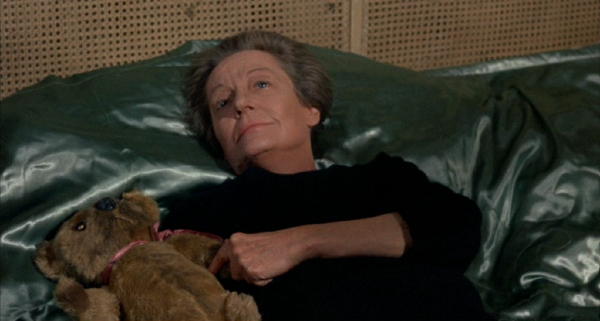
Yes, Tallulah gives us some marvelous campy, lurid moments as was her wont, but there's another element I noted upon repeated viewings. The housekeeper Anna (played by Yootha Joyce, actually a comic actress of some repute in England) seems to be a person of abnormal strength. Think female wrestler.
Much of the movie is the Patricia character being subjected to physical violence, and Anna (her motivation is unclear for going along with Tallulah's insane scheme, perhaps a promise of inherited money) is the heavy. She seems to specialize in something like pro wrestling arm pinning or armlock maneuvers, but overall, she seems to be endowed with, as I said above, superhuman strength. Patricia doesn't stand a chance. She at once point resorts to biting Anna's hand, getting quite a visceral reaction from her tormentor. To no avail. “Lightweight” Patricia doesn't have the chops against this uneven match.
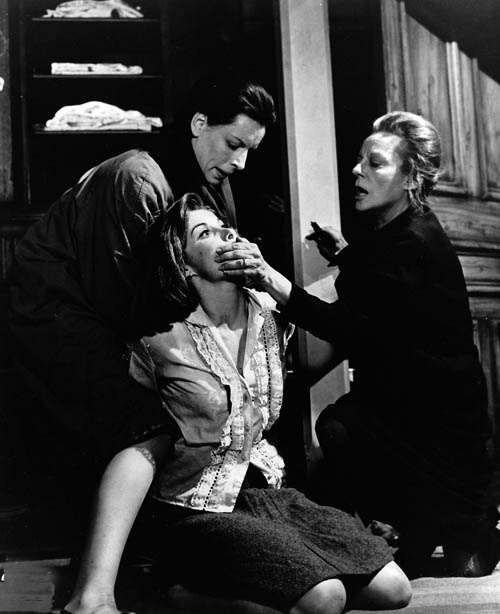
Yep, for those possible audience members who might get off on this type of scene with its potential eroticism, there's plenty of it here. And the violence in this movie usually ends up exposing more and more of Ms. Powers' breasts. (Was she even possibly not wearing a bra earlier on? I'm sure that would rank very high on Mrs. Trefoile's catalog of sins.) At one point, during one of the fights with Anna, Stefanie gets stabbed with in the shoulder with scissors, and there's plenty of skin show there. I was thinking of some of those images of early Christian virgin martyrs subjected to all kinds of torments (St. Cecilia stabbed in the steamy bath, and St. Agatha losing, yes losing her breasts, yikes).
Leading up to the final scene of the almost successful virgin sacrifice (no spoiler here, watch the movie), one sees a bound and gagged Patricia pushing herself down the stairs in an usual for her futile escape attempt (the boyfriend has to rescue her, of course). But once again, I kept thinking how a potential straight male audience (or any others who might be interested) might get excited by seeing the struggling “damsel in bondage.”
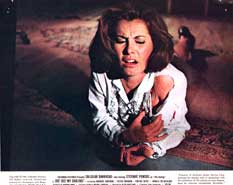
The movie is finally available in a no-frills DVD (no menu, no subtitles) for your hot summer of grande dame guignol.













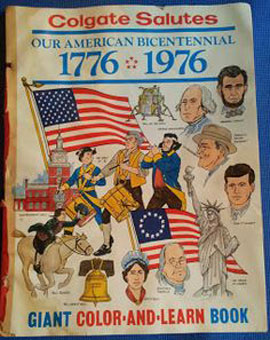
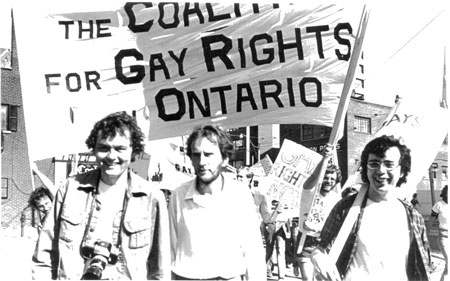
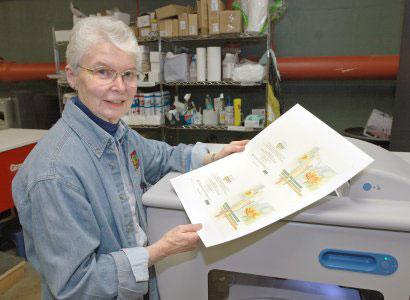
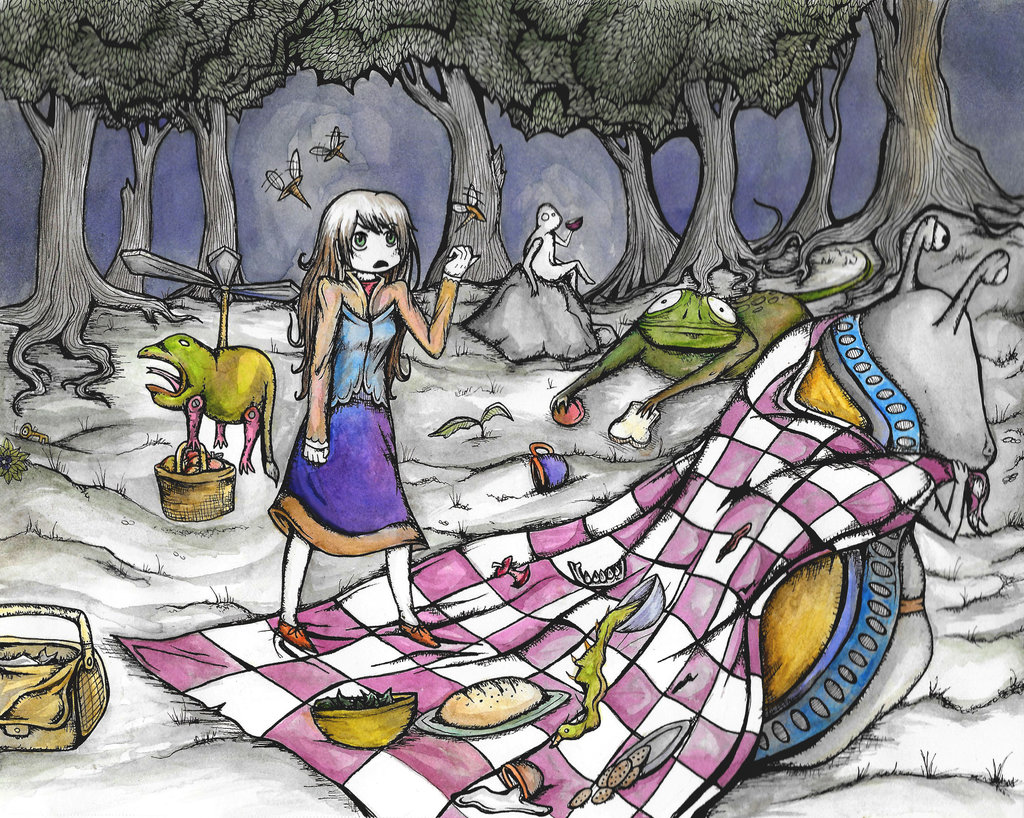
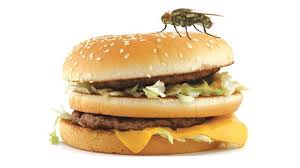

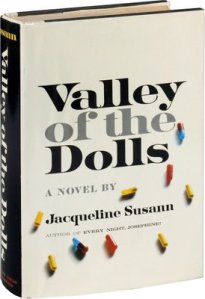

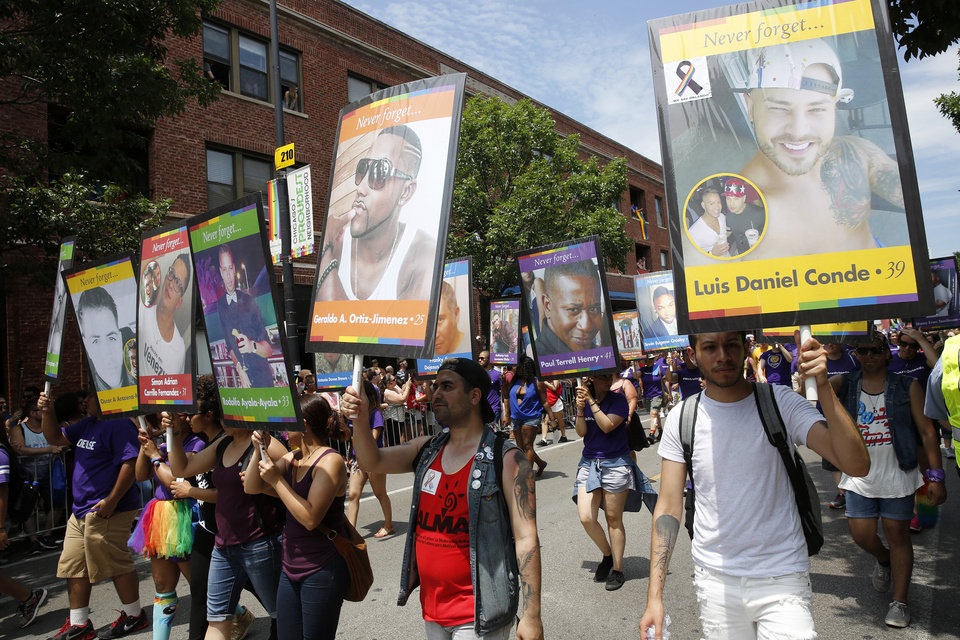
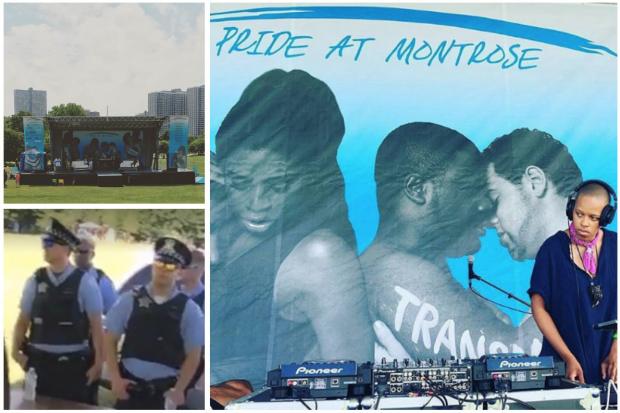

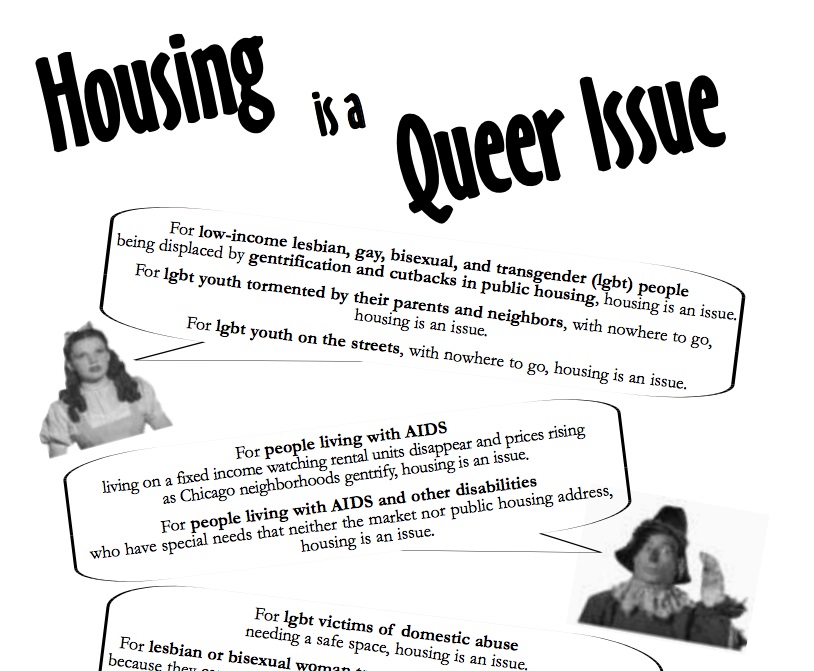
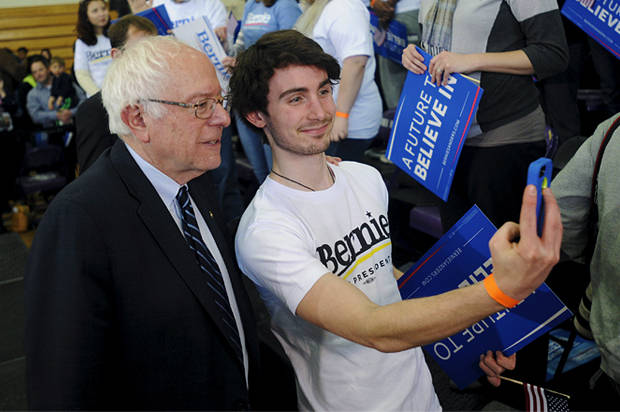
 Join our Email List
Join our Email List Like Us on Facebook
Like Us on Facebook Instagram
Instagram Youtube
Youtube Follow Us on Twitter
Follow Us on Twitter Follow us on Pinterest
Follow us on Pinterest